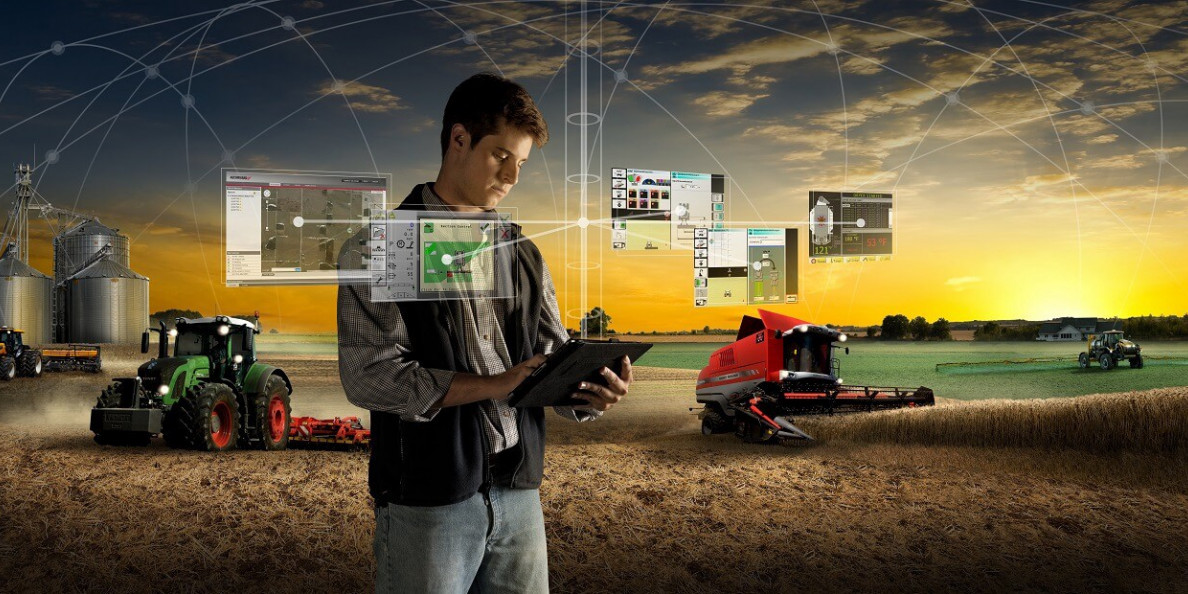Tristan Perez:
We have recently achieved key milestones for year one in our "Agri-Intelligence in Cotton Production Systems (Stage 1)" project supported by the Australian Government Cotton Research and Development Corporation (CRDC). Agri-intelligence targets the increasing complexity of farming enterprise operations arising from increasing availability of data, the connectedness of decisions, and seeking to optimise operations more tightly, and at finer scales, than ever before.
Our project seeks to provide situational awareness about the cotton industry in relation to decision making and information sources. In particular, we aim to
- Map the decision space in cotton farming systems (decisions, types, uncertainty, and impact);
- Identify information assets relevant to decision processes, determine information and utilisation gaps;
- Identify information flows from the value chain that can enhance on-farm decision-making;
- Identify high-risk on-farm decisions and pathways to risk reduction;
- Develop recommendations to inform R&D investment for the development of deployable agri-intelligence solutions.
In the first year, we worked together with 33 participants from the cotton value chain including ginners, classers, brokers, merchants, industry bodies, textile manufactures and clothing retailers from Australia and overseas. We have identified the roles of different segments in the value chain, value chain actors operating within that segment, key issues faced by those actors, existing data usage by actors (what data do they acquire or use?), data generated by actors (what do they create?), and information sources provided by actors (what information is available to growers?)
We also worked with 29 Australian cotton enterprises across different regions in Queensland and New South Wales with whom we collected about 46 hours of contextual interviews (equivalent to watching 27 movies) after 10,000km of driving. Within this component of the work, we have identified 61 key decision areas in stages of crop planning, crop management, harvest and post-harvest, and business. These decisions we categorised regarding impact, difficulty, as well as the agreement, relationships between decisions, and broad factors affecting decision making (e.g., social context and appetite for risk). We have compiled a cotton decision compendium that provides a snapshot of current state of the industry.
Finally, we assessed different sources of information used by growers, and inferred the rates of frequency within which each source of information is gathered, broad issues and attitudes relating to the use of information, on-farm and growers' experiences with information (e.g., minimal information flow from the cotton value chain, information overload, uncertainty around the benefits of precision/digital technologies).
We are now working on the complexity of the network of decisions and how to visualise their relationships and on putting forward recommendations for strategies to address potential investment in R&D related to Agri-Intelligence. Year two of our project will focus refining these strategies and providing information to CRDC to inform their decisions in Digital Agriculture R&D. Our work has been described by the CRDC as groundbreaking, and they envisage a great use in informing R&D decision making.
Research Team: Tristan Perez (project lead, normative decision science, statistics), Kate Devitt (cognitive data science), Alice Payne (value chain expert and fashion design), Andrew Simpson (information experience), Alan Woodley (visualisation). The research team will expand in the second year with different capabilities as we focus on the recommended strategies.


